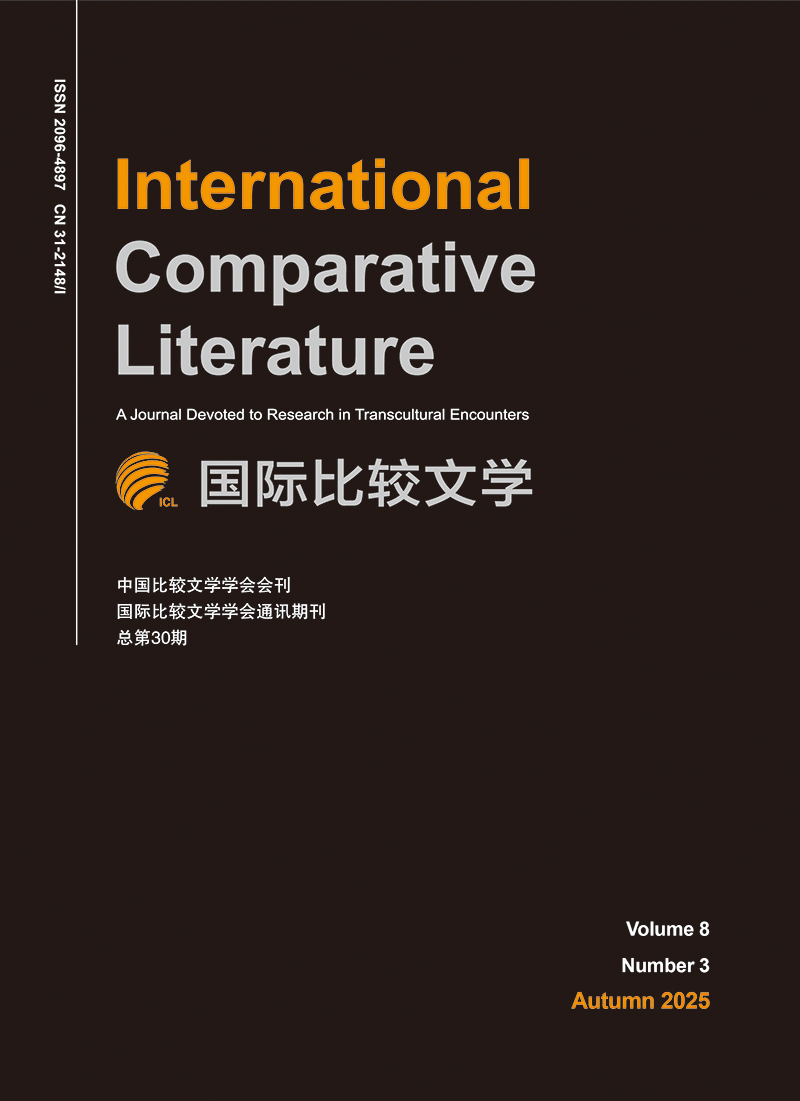2019 Vol. 2, No. 2
Display Method:
2019, 2(2): 169-205.
Abstract:
2019, 2(2): 246-261.
Abstract:
2019, 2(2): 262-288.
Abstract:
2019, 2(2): 289-301.
Abstract:
2019, 2(2): 302-320.
Abstract:
2019, 2(2): 335-362.
Abstract:
2019, 2(2): 365-276.
Abstract:
2019, 2(2): 379-380.
Abstract:
2019, 2(2): 381-386.
Abstract:
2019, 2(2): 387-391.
Abstract:


